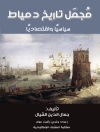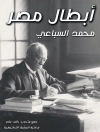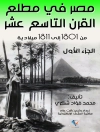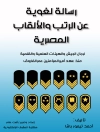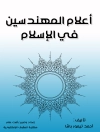Romanticism was not only heterogeneous and disunited. It also had to face the counter-movements of the Enlightenment and Augustan Neoclassicism, which were still gaining momentum in the decades around the French Revolution. Neoclassicists regarded Romanticism as a heretical amalgam of dissenting ‘new schools’ threatening the monopoly of the Classical Tradition. Acrimonious debates in aesthetics and politics were conducted with the traditional strategies of the classical ‘ars dispu...
关于作者
Dr. Winfried Schmitz ist Professor für Alte Geschichte am Institut für Geschichtswissenschaft der Universität Bonn.
购买此电子书可免费获赠一本!
语言 英语 ● 格式 PDF ● 网页 437 ● ISBN 9783862349869 ● 文件大小 2.3 MB ● 出版者 V&R unipress ● 市 Göttingen ● 国家 DE ● 发布时间 2012 ● 版 1 ● 下载 24 个月 ● 货币 EUR ● ID 3053559 ● 复制保护 无


